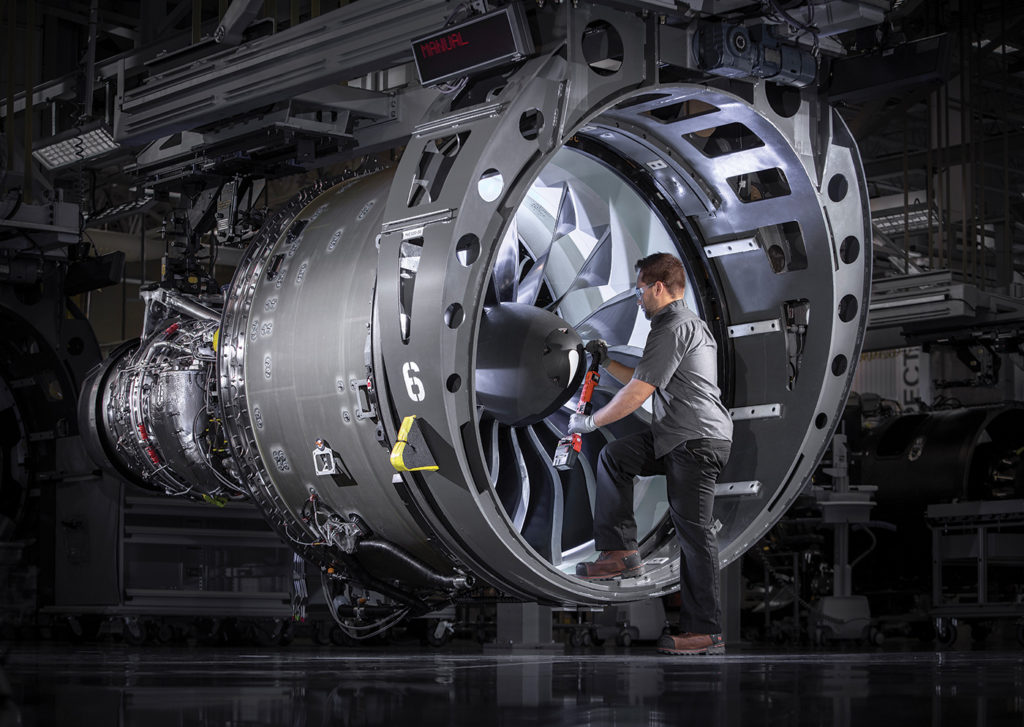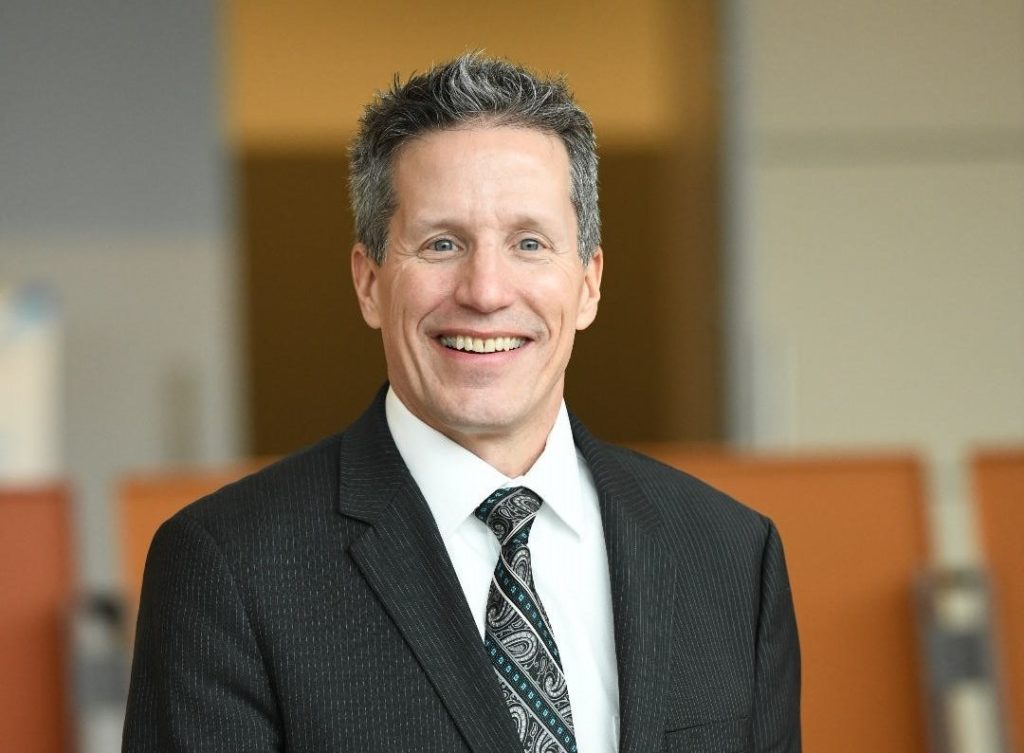Estimated reading time 9 minutes, 56 seconds.
As Members of Parliament return to the House of Commons this week, aerospace eyes will be on the cabinet ministers and MPs most likely to support a new vision for the industry.

With the return of Marc Garneau to Transport Canada, Navdeep Bains to Innovation, Science and Industry, Harjit Sajjan to National Defence and Mary Ng to Small Business and Export Promotion, and the introduction of Anita Anand to Public Services and Procurement and Carla Qualtrough to Employment, Workforce Development and Disability Inclusion, the government’s front benches include ministers well acquainted with key issues that need to be addressed if Canada is to retain its position as a leading global aerospace nation.
Last fall, the Aerospace Industries Association of Canada (AIAC) asked Jean Charest, a former premier of Quebec and deputy prime minister of Canada, to lead a cross-country discussion on the sector’s future and a possible course forward.
His ensuing report, “Vision 2025,” delivered at the Paris Air Show in June, offered recommendations centred on six core themes: expanding the skilled workforce; growing small- and medium-sized enterprises (SMEs); promoting innovation; investing in Transport Canada’s aircraft certification and regulation capacity; sustaining Canadian leadership in space; and better leveraging defence procurement to drive industry growth.
The recommendations were drawn from five months of meetings with industry executives, provincial premiers and their economic development ministers, federal ministers, opposition parties, academia and the general public.
“Our goal was to re-start the discussion between the industry and its partners in government, education, research and the business community,” Patrick Mann, president of Patlon Aircraft & Industries and the former chair of AIAC, reminded the sector during the recent Canadian Aerospace Summit in Ottawa. “It has been a truly pan-Canadian event that has reached all through the industry . . . [and] into every level of government.”
If Charest’s report provides a guide for how to address some of the challenges generated by a multitude of countries and technology companies now seeking to gain a larger footprint in aerospace, the task of implementing it rests in part with Keith Donaldson.
Donaldson assumed the chair of AIAC during the summit and acknowledged the report will drive much of the association’s activities over the next 12 months.
“I’m all in on Vision 2025,” he told Skies. “This is the time to re-engage as an industry, to recognize that [aerospace] is a jewel we have in Canada. It’s R-and-D intensive, it’s pan-Canadian, it has the highest input for STEM (science, technology, math and engineering)-type jobs, men and women – let’s grow this. We need the support and partnership of the federal government. That is how we combat [other entrants].”
A chartered accountant by training who previously worked with KPMG, Donaldson is vice-president of APEX Industries, a machining, components, subassembly and structures manufacturer in Moncton, N.B. Over his 15 years with the company, he served as president of the New Brunswick Aerospace and Defense Association and co-founded the Atlantic Canada Aerospace and Defence Association. He’s also been a fixture on AIAC’s technical committees, from audit and finance, to small business, defence procurement and supply chain access.
That experience could be crucial, as much of the heavy lifting to make the report’s recommendations reality will come from the technical committees. Under Mann’s leadership, AIAC spent part of the past year restructuring the committees to align with the direction of Vision 2025.
“We spent a lot of time . . . making sure their mandates were going to match the recommendations,” said Donaldson. “We wanted to make sure the chairs were well aligned. [They] are some of the heavy hitters in the industry, from Bombardier, UTC, Cascade, Collins Aerospace . . . [They have] industry interest, company interest and personal interest for the success of these recommendations.”

Winning the skills battle
Because of ministerial familiarity with the report’s recommendations, AIAC will be hoping it can move quickly to implement some of them. The appointment of Qualtrough, who has spoken at previous AIAC conferences, to a portfolio that will focus on the sector’s top priority of skills development is seen as “an early win,” Donaldson noted.
“When AIAC did the industry engagement, it was very evident that to maintain and grow, we have to win the skills battle,” he said. “A lot of the other recommendations are going to move forward, but we have to solve the skills one. Failure is not an option here.”
Other sectors are going to be competing for the same STEM talent, but the Vision 2025 blueprint might give aerospace a leg up with government, he suggested. That means offering ideas not only to retain and retrain the current workforce where necessary, but also to recruit and support more women in the sector, attract First Nations, and collaborate with immigration initiatives.
“It is not going to be a one size fits all. We are going to have to work on each one of those areas,” said Donaldson. For APEX, a medium-sized business of about 250 people, 70 of whom work specifically in aerospace, finding and retaining talent is the issue that keeps most senior managers awake at night, he added.
The association will also be looking for quick progress on some of the recommendations aimed at strengthening the capacity of Transport Canada. “They are already a world class organization. We are not starting from zero on that one,” noted Donaldson.
However, much of the early effort will go to growing SMEs, which account for over 95 per cent of the aerospace sector. It’s terrain Donaldson knows well and believes can be improved through initiatives to build on government programs that are already in place.
“We are going to be taking what’s already working and say, we want to expand some of these programs. That is going to give us some early wins,” he said.
One possible tool could be the expansion of Quebec’s MACH program, which has provided mentorship from OEMs and Tier 1s to SMEs to help improve business processes and make the transition to digital systems. “From an SME perspective, that program is one of the ways to go because it involves a larger company, the SME, the province, and support nationally,” observed Donaldson.
Support and mentoring from larger businesses for digitization and best cyber practices are a critical need for smaller companies, he added, noting that many capture “thousands of pieces of data every day” and don’t make as much use of the information as they should.
“The new protocol for Cybersecurity Maturity Model Certification in the U.S. is going to be applied to every single company in aerospace and defence, no matter where you are,” he said. “[These are areas] where a MACH-type program could hugely benefit SMEs across the country.”
He cautioned, though, that while the emphasis must be on growing SMEs, those small companies often rely on strong OEMs (original equipment manufacturers) and Tier 1 suppliers for their export opportunities. In APEX’s case, that’s about 50 per cent of the business.
“We need to keep the OEMs and large Tier 1s healthy in Canada,” he said. “The MACH [programs] of the world are only going to work well if Pratt & Whitney, Bombardier, Bell, IMP, Magellan, if they grow and invest in Canada. That goes back to a part of the overall Vision 2025.”
During separate addresses to the aerospace summit, both Donaldson and Mann appealed to fellow executives to get involved in the process. Committees are the “place where our company can impact and shape the issues that are important to our business,” observed Mann. “There is a lot to making Vision 2025 a reality . . . and we need everyone’s help to do that, to make sure aerospace is a key part of our new government’s new strategy.”
AIAC will continue to lobby the federal and provincial governments on the Vision 2025 recommendations, especially the 48 MPs whose ridings including substantial aerospace activity, and will serve as secretariat to a newly re-created all-party aerospace caucus in Ottawa. Speed is of the essence said Donaldson, noting the pace with which other jurisdictions are growing their aerospace capabilities.
“We do not have the luxury [of time],” he said. “It’s not like we have Vision 2025 and then there’s a whole other plan. Vision 2025 is going to drive the industry. Period.”








